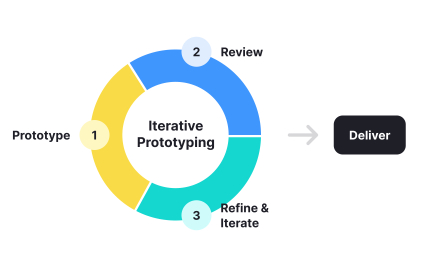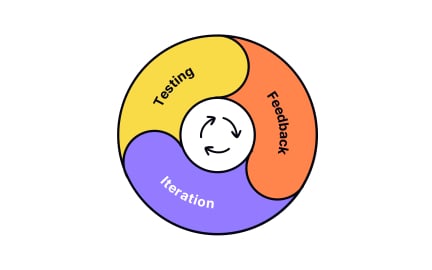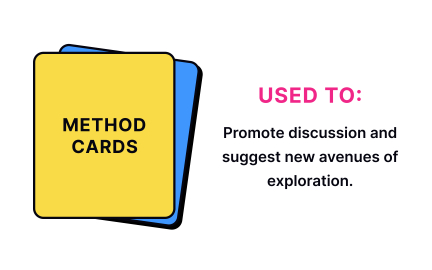Agile Methodologies
Agile methodologies are iterative approaches to software and product development that promote collaboration, flexibility, and rapid delivery.
What are Agile Methodologies?
Agile methodologies organize software development through short, iterative cycles that deliver working products incrementally. Instead of planning everything upfront like traditional waterfall approaches, agile teams work in 2-4 week sprints, gathering feedback continuously and adjusting based on what they learn.
Agile Framework Options and Selection Criteria
Scrum methodology
Organizes work into fixed sprints (typically 2-4 weeks) with defined roles: Product Owner, Scrum Master, Development Team. Includes regular ceremonies like sprint planning, daily standups, reviews, and retrospectives.
Works best for: Teams new to agile, complex product development, organizations needing structured approaches with clear accountability.
Kanban workflow system
Emphasizes continuous flow using visual boards with work-in-progress limits. Teams pull tasks through defined stages while optimizing for smooth workflow and waste elimination.
Works best for: Support teams, maintenance work, DevOps environments, teams transitioning from traditional project management.
Scaled Agile Framework (SAFe)
Coordinates agile practices across large organizations through program increment planning, agile release trains, and portfolio-level management addressing enterprise concerns like compliance and architecture.
Works best for: Large organizations (50+ developers), regulated industries, companies with complex stakeholder coordination requirements.
Scrumban hybrid approach
Combines Scrum's structured planning with Kanban's continuous flow, offering sprint planning flexibility with work-in-progress limits and pull-based execution.
Works best for: Teams evolving from Scrum, organizations with unpredictable work patterns, maintenance-heavy development environments.
Agile Performance Measurement and Metrics
Team velocity tracking
Measure story points or tasks completed per sprint to understand capacity and predict future delivery. Track trends over multiple sprints rather than comparing absolute numbers between different teams.
Cycle time analysis
Monitor time from work initiation to completion for bottleneck identification and workflow optimization. Reducing cycle time improves customer responsiveness and satisfaction.
Sprint burndown monitoring
Track daily progress toward sprint commitments to spot potential problems early. Burndown patterns reveal team working rhythm and planning accuracy over time.
Quality and technical metrics
Monitor defect rates, technical debt accumulation, automated test coverage, and deployment frequency to ensure sustainable development pace without compromising product quality.
Recommended resources
Courses

Building Agile Teams

Accessibility Foundations

Wireframing
Lessons

Mobile Prototyping

Techniques for Defining Deeper Ideas and Ranking









